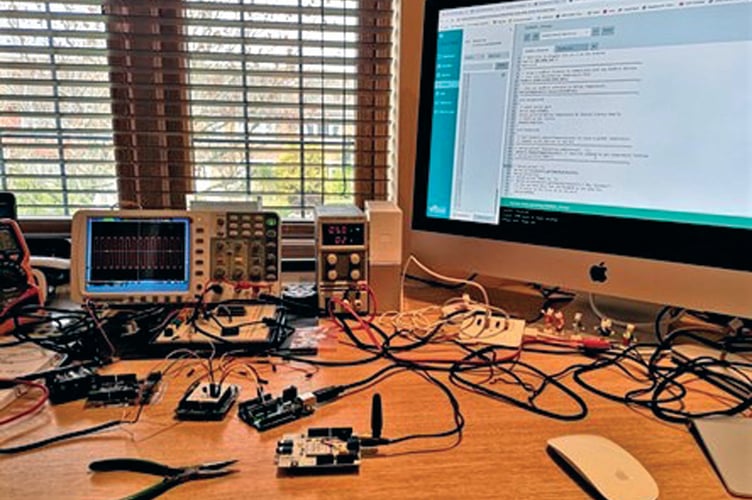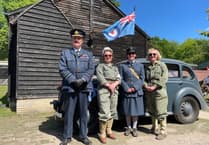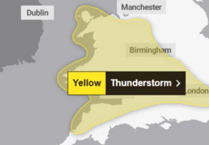A DEVICE that remotely monitors heating at St Mary’s Church, Byfleet, has been praised as a “fantastic example” of the steps parishes are taking to reduce the carbon footprint of historic church buildings.
A spokesman for the Diocese of Guildford described the installation as a proactive step towards the Church of England’s commitment to achieving net zero emissions by 2030.
“This will help to protect God’s creation and the world’s most vulnerable people who are feeling the effects of climate change soonest and most severely,” the spokesman said.
The device, which tracks the temperatures in the building and relays the information via newly installed Wi-Fi, was invented and built by parishioner Chris Glasow, a highly experienced electrical engineer.
Chris was prompted to act when he discovered that the rector, the Rev John McCabe, had to cycle to the church at 6am every Sunday to make sure that the heating was working for the 8am service.
“I felt sorry for John. I’d been designing electronics for so many years I thought I’d put something together,” Chris said.
First, he installed a cellular router to communicate with his device through the thick walls of the mediaeval building.

The device measures the radiator and air temperature to check the heating is on, saving John a lot of time and effort.
“When my alarm goes off every Sunday, instead of cycling to the church, I can look online and can tell whether the heating is broken,” he said.
John believes Chris’s device could help to make the boiler more efficient.
The constant tracking has revealed the frost stat, which turns on the boiler to prevent pipes freezing, is set too high, generating excessive and unnecessary heating, especially in the early hours of the morning when the church isn’t being used.
“The wider implications are manifold,” John said.
“If you build a lighting sensor into the software, it could pick up whether someone has left a light on. You just need to check the website.”
Chris, 77, has lived in Byfleet for about 40 years and has been working with electronics since he was 16.
He has worked on some major projects, including with the RAF, Plessey Radar and in Boston in the US.
Chris runs his own company and has been involved in Heathrow Terminal 5, City Group Tower and the Canary Wharf underground system.
He started building the St Mary’s device during the first pandemic lockdown in early 2020, working on it in his spare time and completed it a few months ago.
“Chris is a genius inventor and a real Byfleet person,” John said.
“He is an engineer of note and an incredible resource in our community.”




-Imam-Adeel-Shah-Mr-Razwan-Baig-Nicky-Banger-and-Mr-Amer-Safer.jpeg?width=209&height=140&crop=209:145,smart&quality=75)